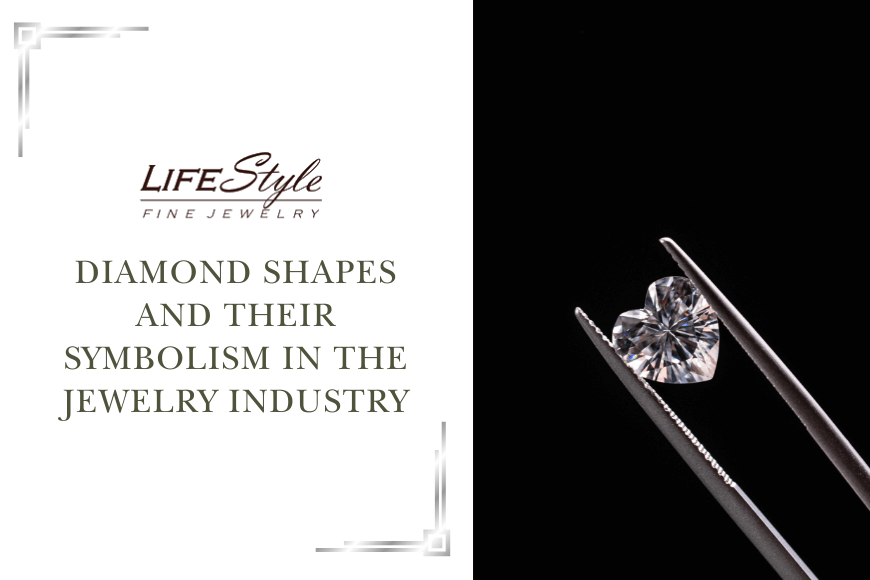Diamond Shapes and Their Symbolism in the Jewelry Industry
Did you know that over 75% of engagement rings feature a diamond, but the shape of that diamond can carry a deeper meaning beyond its sparkle?
Diamonds have long been cherished for their stunning beauty and durability, but the symbolism behind diamond shapes is equally fascinating.
Let’s explore the significance of diamond shapes in the jewelry industry, from historical and cultural meanings to modern-day symbolism. By understanding these aspects, you can make a more informed decision when choosing the perfect diamond for yourself or a loved one.
Diamond Symbolism Through History and Culture
Throughout history, diamonds have taken on various symbolic meanings, shaped by the beliefs and customs of different civilizations.
Historical Significance of Diamonds
Diamonds have captivated civilizations for centuries, dating back to the 4th century BC, when they were first traded in India. They were appreciated not just for their physical beauty but were believed to hold mystical properties.
In ancient Greece, diamonds were referred to as “Adamas,” meaning unconquerable or invincible, symbolizing strength and eternity. Roman nobles often adorned themselves with diamonds, believing the gems would bring protection in battle.
During the Middle Ages, diamonds were believed to have healing powers. Some thought they could cure ailments and ward off evil spirits. The royal class, particularly in Europe, used diamonds to symbolize status, authority, and power.
By the 15th century, diamonds began to be used as symbols of love and commitment. Archduke Maximilian of Austria’s proposal to Mary of Burgundy in 1477 with a diamond ring is widely recognized as the start of the engagement ring tradition.
Meaning Behind Diamonds in Different Cultures
Throughout history, diamonds have held various meanings depending on the culture. In ancient India, they were believed to bring spiritual protection and were sometimes used in religious icons.
In the Middle East, diamonds were prized as symbols of beauty and purity. Asian cultures often associate diamonds with clarity and inner peace, emphasizing their connection to mindfulness and mental strength.
In the modern Western world, diamonds are most commonly associated with love, fidelity, and commitment. The 20th-century marketing campaign by De Beers, which popularized the phrase “A diamond is forever,” solidified the association of diamonds with eternal love, especially in the context of engagement rings.
How Diamond Shapes Affect Symbolism
The shape of a diamond plays a crucial role in determining its overall look and feel. Beyond aesthetics, each shape carries its symbolism, reflecting the wearer’s personality and the message they wish to convey.
The geometry of the diamond influences its brilliance, or how much light it reflects, as well as how it is perceived in terms of elegance, modernity, or tradition.
Exploring Different Shapes of Diamonds and Their Meanings
Diamonds come in various shapes, each with unique symbolism and aesthetic appeal. Choosing a cut allows individuals to express their personality and style.
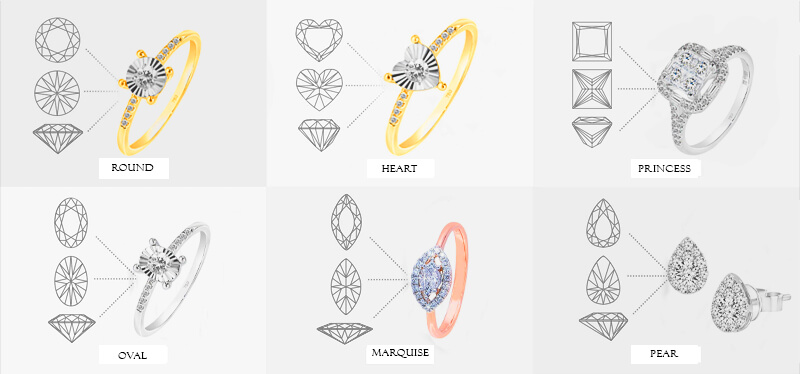
1. Round Brilliant: Timeless Elegance
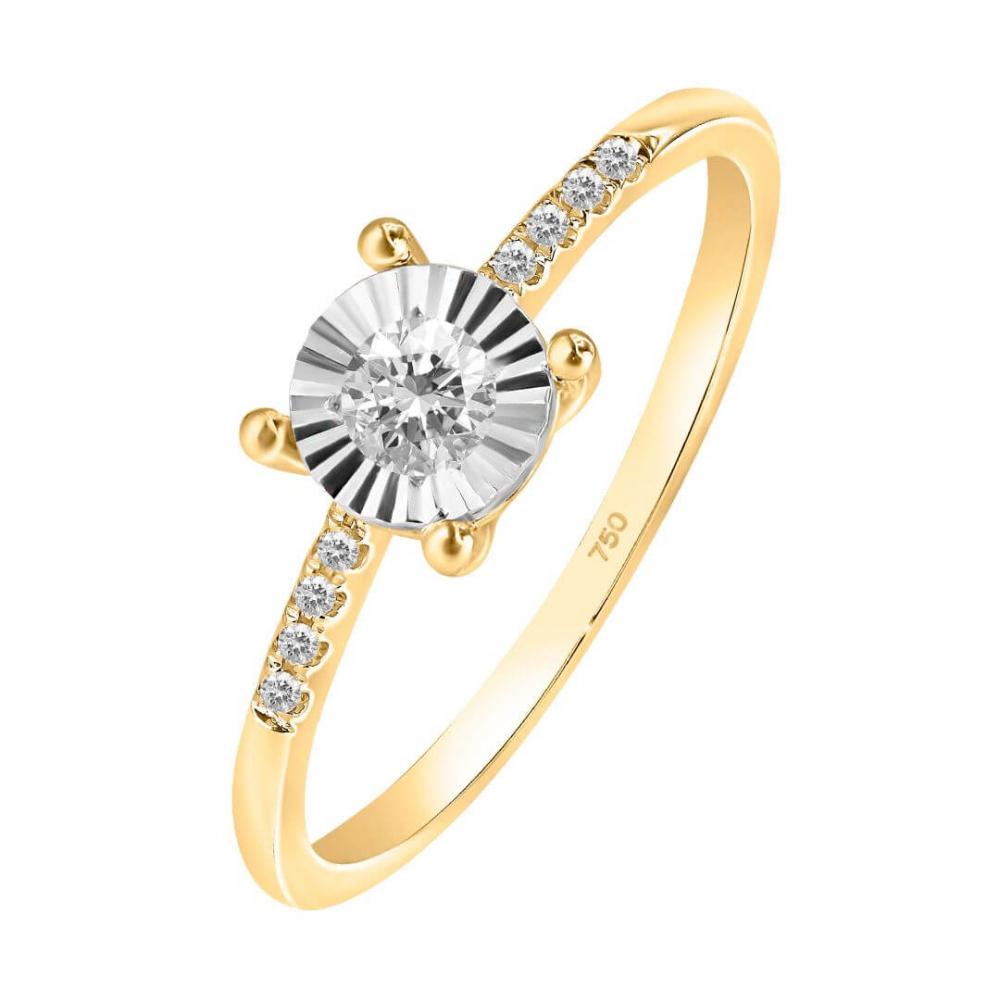
The Round Brilliant cut is the most popular and traditional diamond shape, often chosen for engagement rings. Its classic design maximizes brilliance, making it a symbol of everlasting beauty and elegance. People who choose this shape often value tradition, refinement, and simplicity.
2. Princess: Modern and Chic
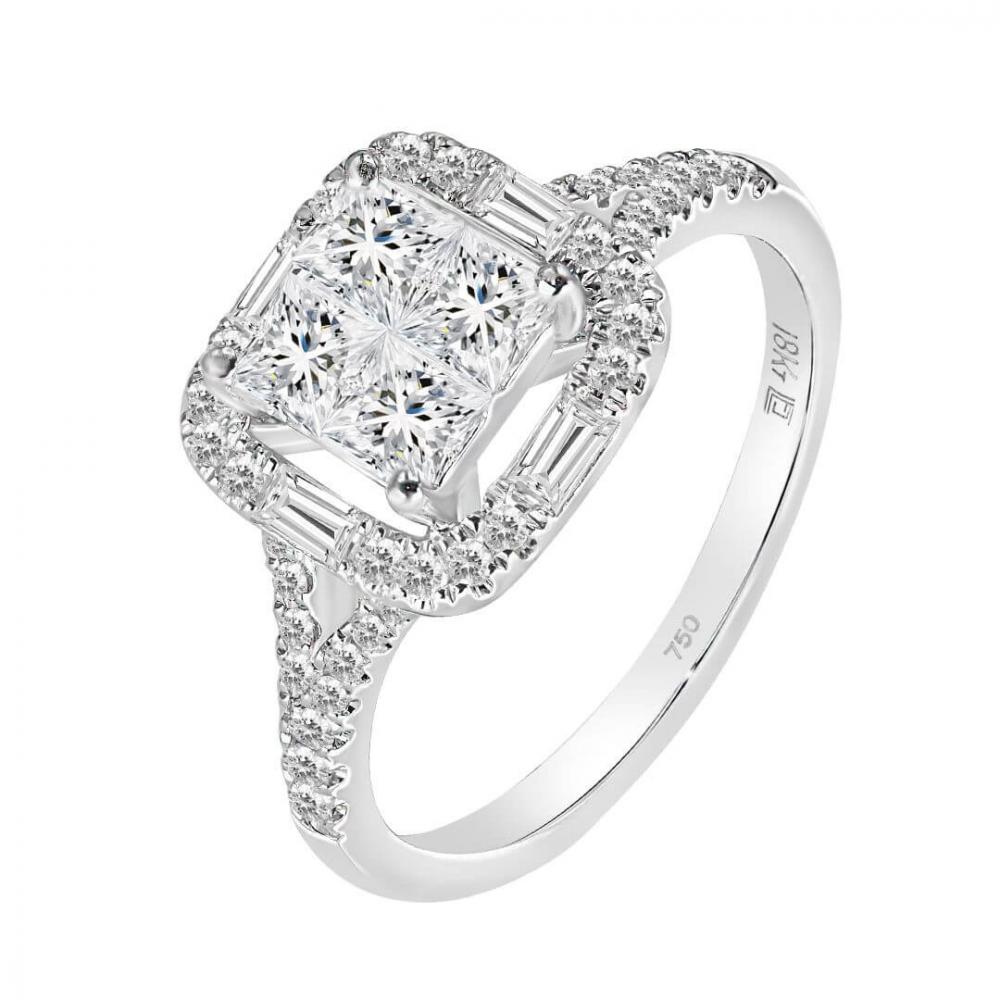
With its sharp, square edges and intense sparkle, the Princess cut appeals to those who appreciate a bold, modern aesthetic. The sharpness of its corners contrasts with its internal brilliance, symbolizing strength and innovation. It’s ideal for someone with a contemporary style.
3. Marquise: Regal and Dramatic
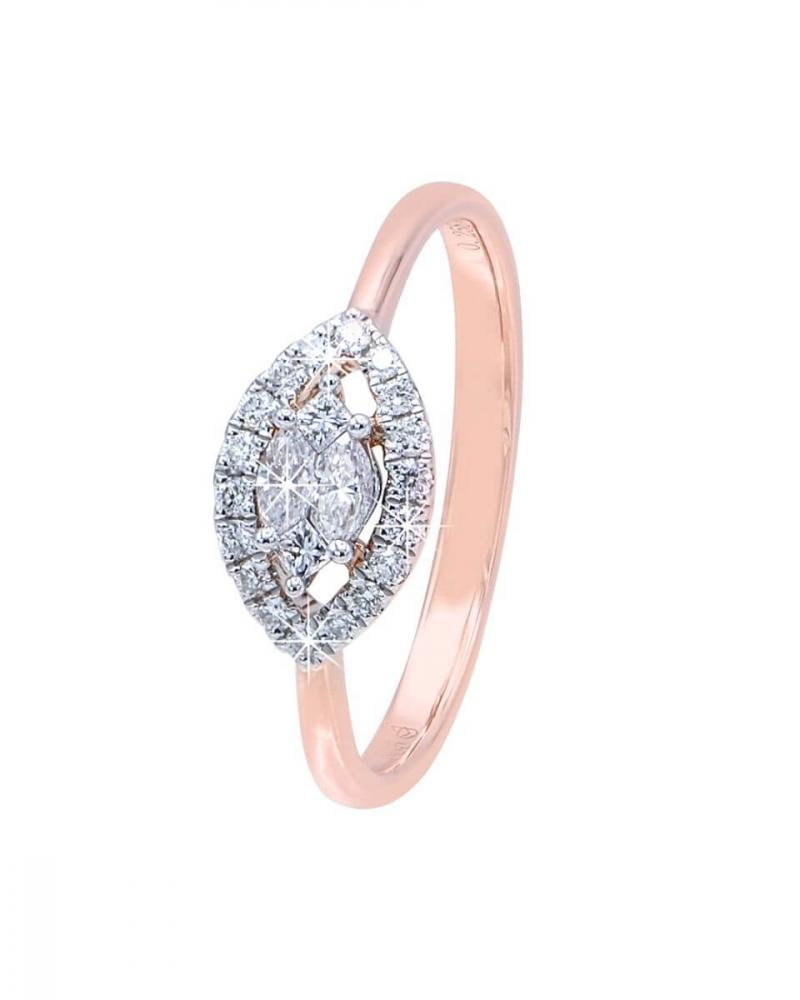
The elongated, football-like shape of the Marquise cut gives it a regal and dramatic appeal. Its shape maximizes carat weight, making it appear larger than other cuts of similar weight. The Marquise is often associated with royalty and grandeur, symbolizing ambition and flair.
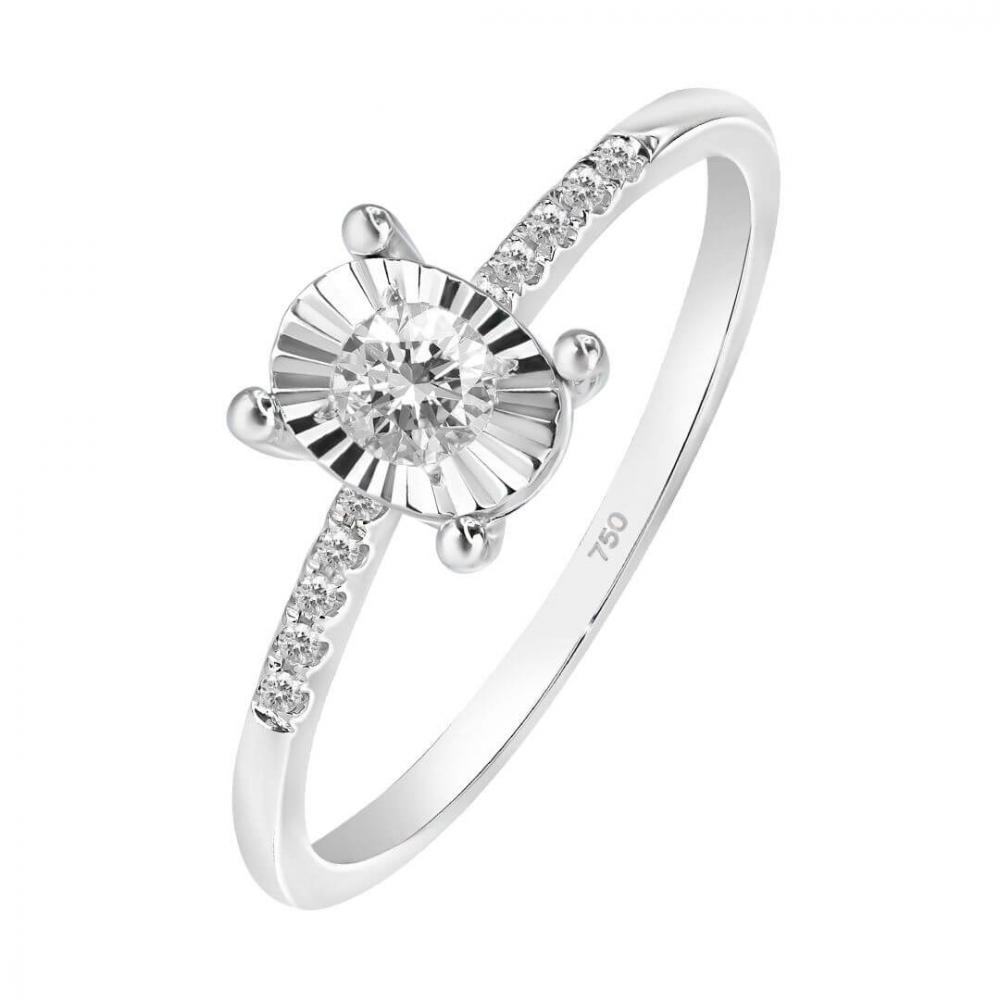
The Oval cut is similar to the Round Brilliant's ability to reflect light, but its elongated shape gives it a modern twist. It symbolizes individuality, creativity, and a desire to stand out while maintaining classic elegance.
5. Pear: Teardrop Elegance
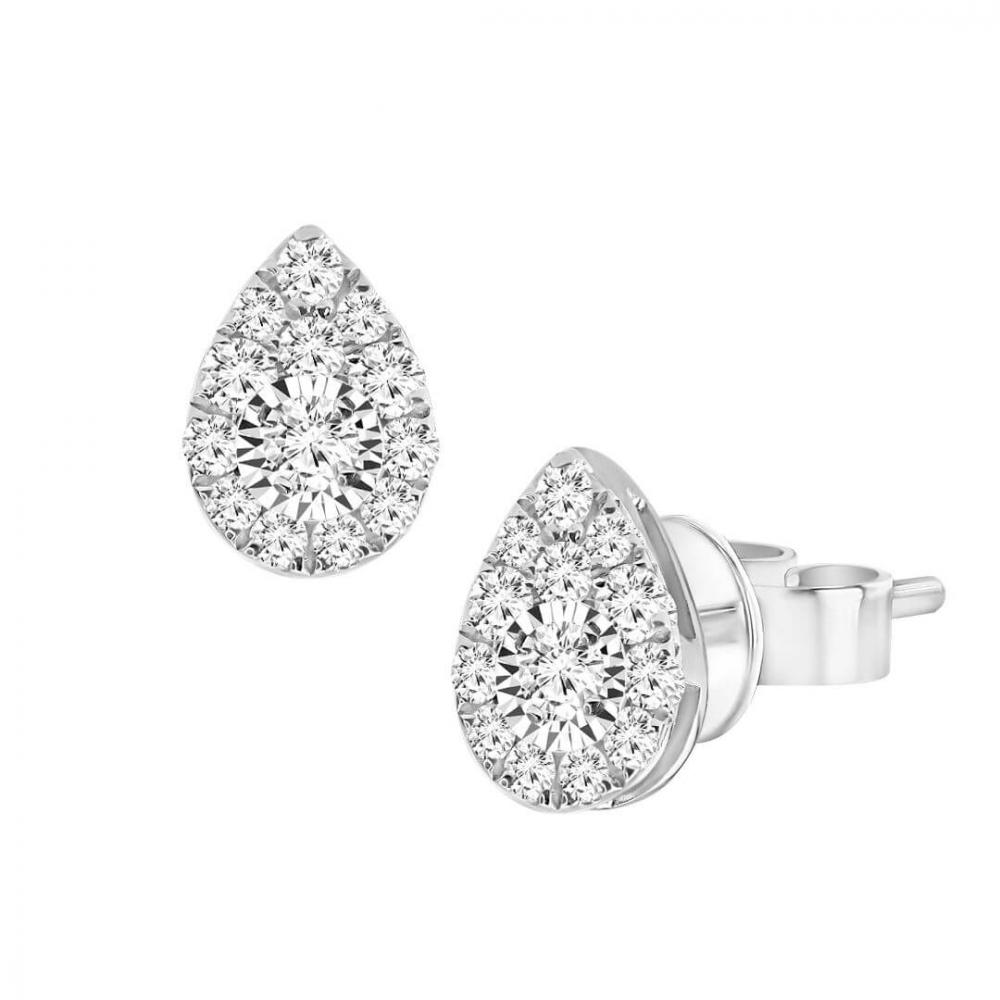
With its distinctive teardrop shape, the Pear cut perfectly blends elegance and uniqueness. It’s often associated with grace and emotional depth, symbolizing joy and sorrow. This shape is ideal for someone who values originality and has a keen sense of style.
6. Heart: Love and Romance
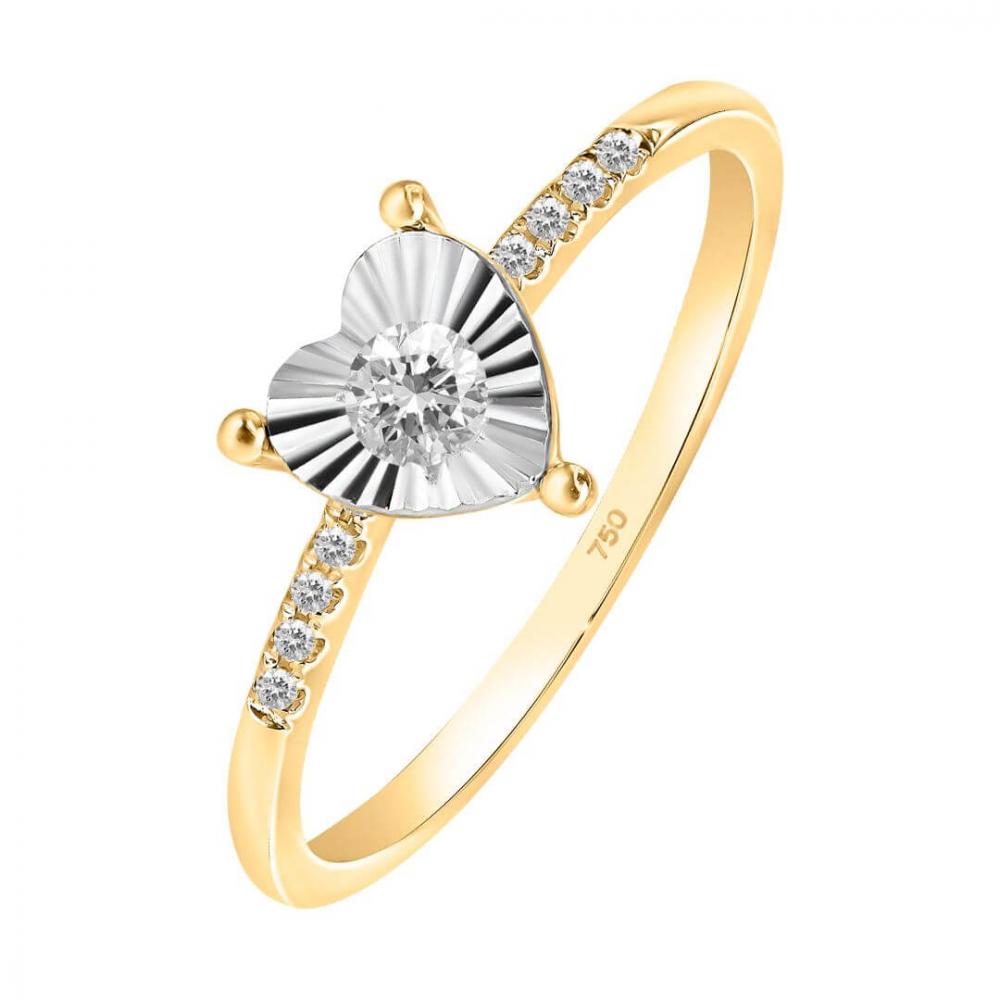
Perhaps the most symbolic, the Heart-shaped diamond represents love, affection, and emotion. Its distinctive shape is ideal for romantic occasions and clearly symbolizes passion and commitment.
The Meaning of Diamonds in Modern Times
Diamonds have evolved over centuries, retaining their allure while taking on new meanings in contemporary culture.
Symbolism of Diamonds Today
In modern times, diamonds continue to symbolize luxury, love, and status. They are often associated with life’s most important milestones, such as engagements, weddings, and anniversaries.
Their enduring appeal lies not only in their physical beauty but in their timeless symbolism of strength, resilience, and eternal love.
Cultural and Emotional Significance
Beyond their material value, diamonds hold deep emotional significance. They are often passed down as heirlooms, representing family history and heritage. Diamonds also represent achievement and success, making them popular gifts for graduations or career milestones.
Diamonds at Lifestyle Fine Jewelry
For a diamond that truly resonates with your values and style, explore the stunning collection at Lifestyle Fine Jewelry. With a wide range of ethically sourced diamonds in various shapes, you're sure to find the perfect piece that symbolizes your unique story.
Visit Lifestyle Fine Jewelry today and let their expert team help you make a beautiful and meaningful choice!
Conclusion
Choosing a diamond is about more than aesthetics—it is about finding a shape that resonates with your personal values and the symbolism you wish to convey.
Whether you're drawn to the timeless appeal of the Round Brilliant or the modern elegance of the Princess cut, understanding the deeper meanings behind diamond shapes can help you make a more meaningful choice.
When investing in a diamond, consider its beauty, symbolism, ethical sourcing, and emotional significance.
FAQs
What does the round brilliant cut symbolize?
The Round Brilliant cut symbolizes timeless elegance, tradition, and refinement. It is the most popular choice for engagement rings, representing eternal love and beauty.
How does the shape of a diamond affect its value?
Diamond shapes can influence value based on demand and the cutting process. Round Brilliant diamonds are generally more expensive due to their popularity and the complexity of the cut, which wastes more of the rough stone.
What is the difference between diamond shapes and cuts?
The shape refers to the geometric appearance of the diamond, such as round or square. Conversely, the cut refers to how well the diamond has been faceted to enhance its brilliance.
Why are diamonds often associated with love and commitment?
Diamonds are associated with love and commitment due to their durability and the marketing campaigns of the 20th century, which positioned them as the ultimate symbol of eternal love.
Are certain diamond shapes more expensive than others?
Certain shapes, like the Round Brilliant, are more expensive due to higher demand and the greater waste of rough stone during cutting. Other shapes like Princess or Cushion may offer more value for the same carat weight.

